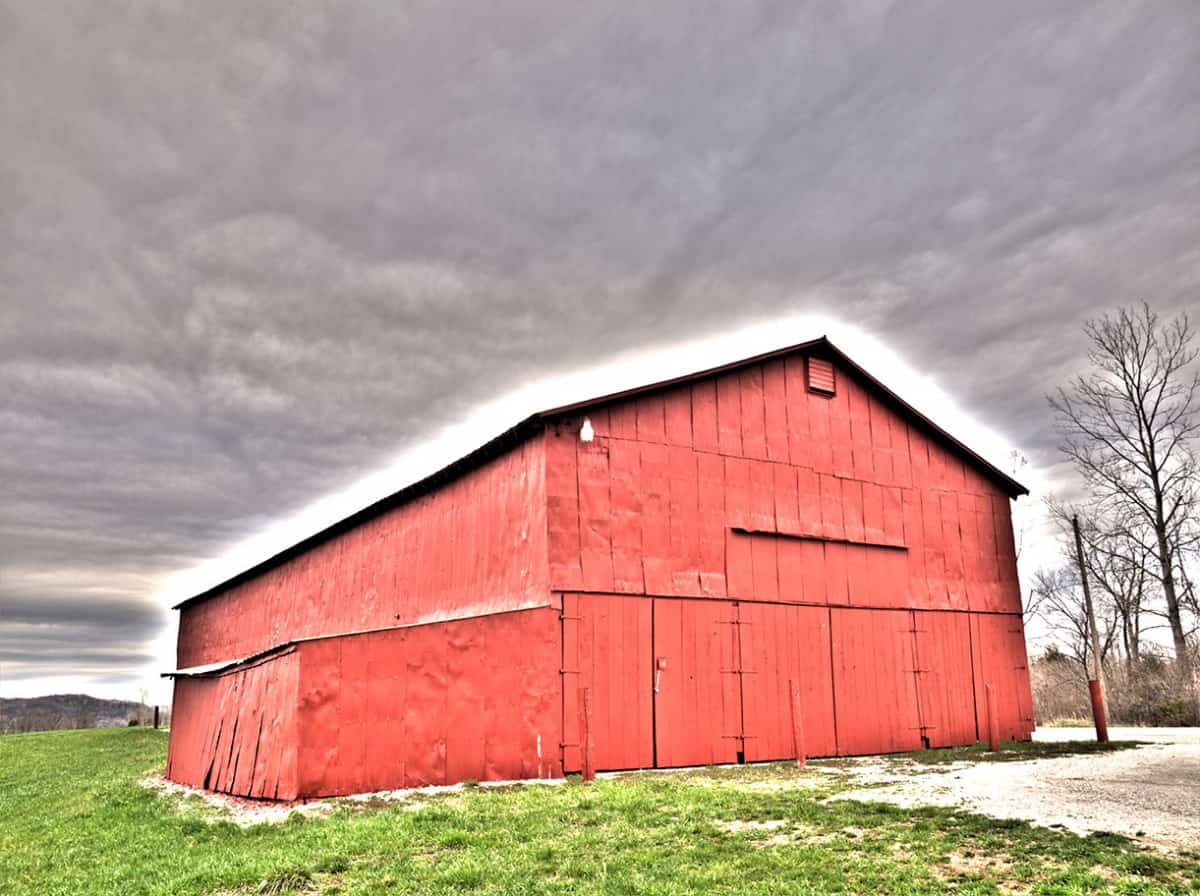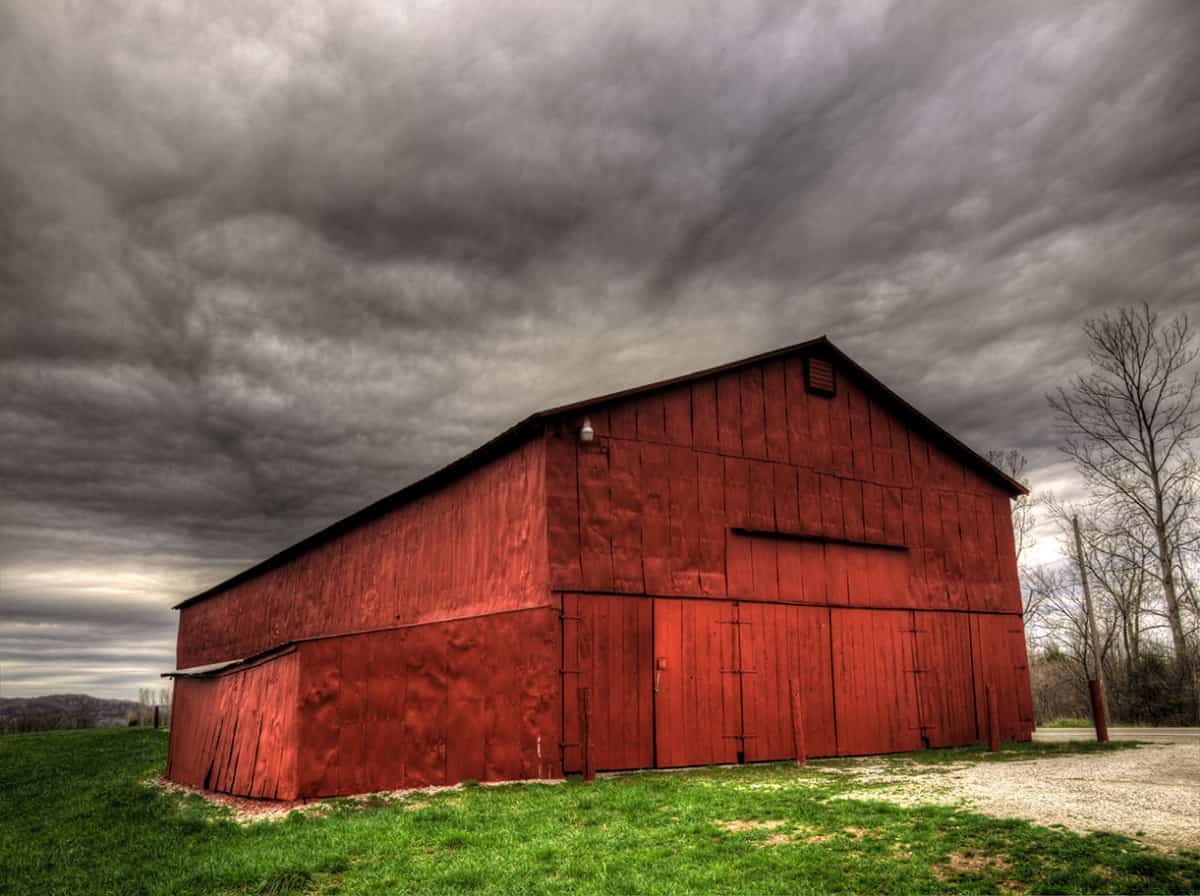I was recently asked to do a tutorial on how I fix Halos in Photoshop. I could very easily have started there, however, I feel it is important to understand the culprits of the halos in Photomatix. Your best defense against a halo in post processing is to avoid them altogether.
Episode 1 of Halos and HDR will cover how you can avoid the haloing altogether to achieve a great HDR image. I also polish up the HDR tone mapped photo in Adobe Camera Raw.











This is great! A smart tutorial to help stamp out bad HDR. No more halos or dingy dirty skies! Yay!!
Using Photomatix Pro like this is still a stretch for beginners, I think. Most want to push the boundaries because, as you say, “It looks so cool with all that detail.” The sliders in Photomatix Pro are still quite enigmatic for beginners to learn and your tutorial here helps explain the right way to use the software. So thank you!
Have you ever tried using the 32 bit intermediary HDR file that you can get out of Photomatix Pro? You get a perfect baseline HDR image for tonemapping without halos. Instead of using Photomatix Pro to do the tone mapping, it’s possible to take the 32 bit file into Lightroom 4 or 5 where you can do the tone mapping and the post processing very easily. I find it much faster too.
It’s beautiful that you are sharing your knowledge and you and I are on the same page when it comes to stamping out bad HDR. Cheers!
Thanks for the awesome feedback Captain! I have used that 32 bit workflow, I have a pretty simple workflow with it too where I double process it in Camera Raw, once for the 32 bit, then save it as a 16 Bit TIFF and re-open it in Camera Raw, you get the same image with all of the xmp data reset to zero! This was awesome for dual clarity, until Topaz Clarity came out! I have attached both tutorials below:
32 bit Photomatix Pro and ACR Workflow
Topaz Clairty 32 Bit Workflow
Thanks for your insight and tips, I am glad you are willing to share! Take care my friend!
Blake
Just to say thanks – still so much to learn but I’m beginning to really get it thanks to your work.
steveb
Awesome! That is what I love to hear! I am glad I could help.
Just want to say thanks for the excellent tutorial. I’ve been using Photomatix to produce over-processed images since I was trying to use it to produce an end result. You’ve made me realise that it’s just a step in a process.